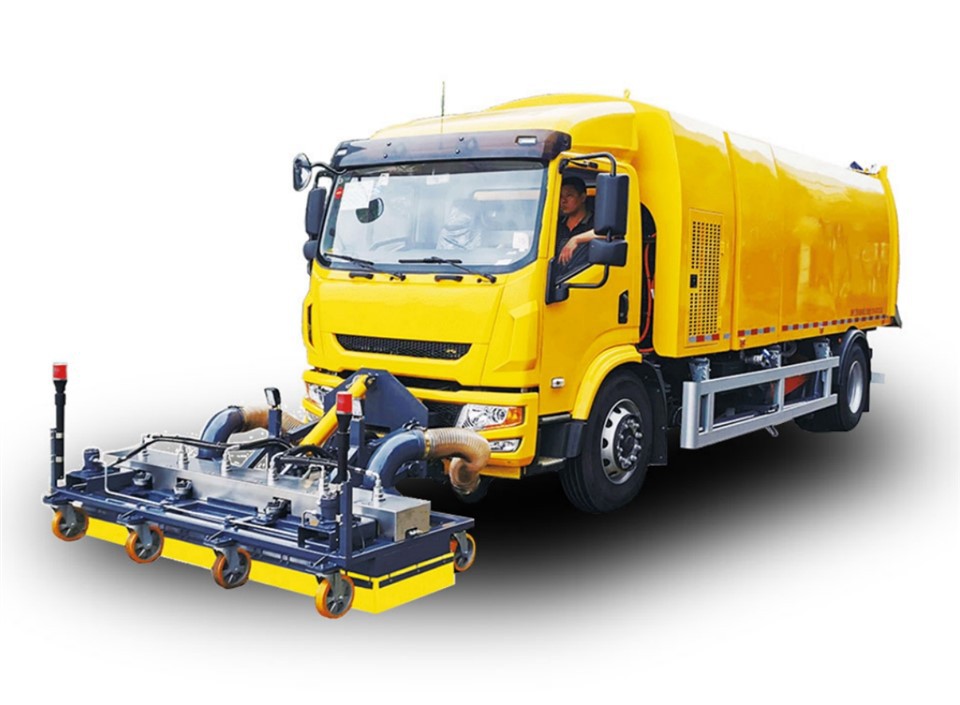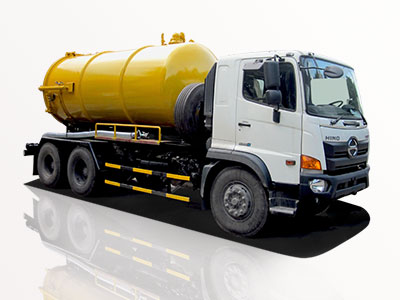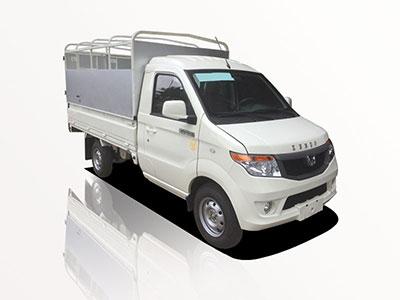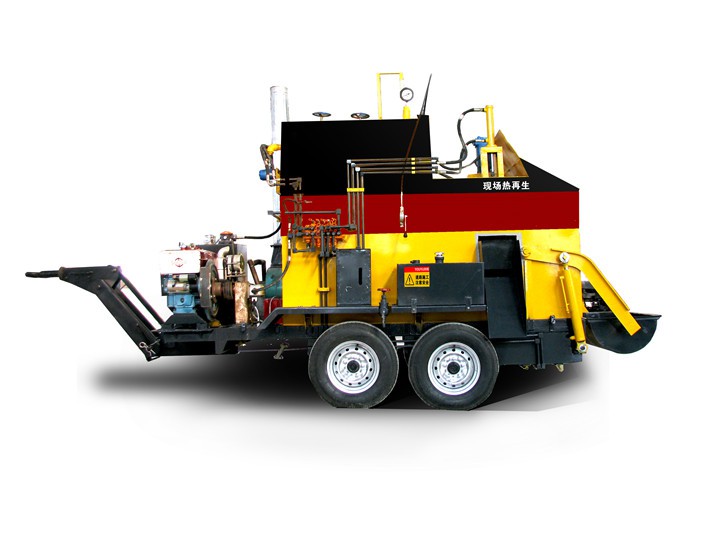Introduction
A cherry picker, also known as a boom lift or aerial lift, is an essential piece of equipment used in various industries for tasks that require elevated access. Whether for construction, maintenance, or special events, cherry pickers enable workers to reach heights safely and efficiently. In this article, we will explore what cherry pickers are, their types, how they work, and the numerous applications across different sectors. Additionally, we will provide practical tips for choosing and operating cherry pickers, FAQs, and more to ensure you have a comprehensive understanding of this versatile equipment.
What is a Cherry Picker?
A cherry picker is a type of aerial work platform designed to lift people and equipment to high places. Its name originates from its initial use in cherry harvesting, where workers were lifted to reach fruit atop trees. Modern cherry pickers come in various designs and sizes, all built to safely elevate individuals to heights while providing stability and support for tools and materials.
Common Features of Cherry Pickers
- Telescopic or articulated boom
- Adjustable platforms for different heights
- Safety railings and harness points
- Stabilizing outriggers
- Wireless controls for easy maneuvering
Types of Cherry Pickers
1. Telescopic Cherry Pickers
Telescopic cherry pickers feature a straight boom that extends upwards. They are ideal for reaching high places directly, such as rooftops or towers. They offer excellent outreach and height capabilities.
2. Articulated Cherry Pickers
Articulated boom lifts, also known as knuckle boom lifts, have a jointed arm that allows for maneuvering around obstacles. This type is perfect for tight spaces where access is more challenging.
3. Trailer-Mounted Cherry Pickers
These cherry pickers are mounted on a trailer and can be towed to job sites. They are portable and often used for maintenance work on power lines, streetlights, and bridges.
4. Self-Propelled Cherry Pickers
Self-propelled models have their own drive mechanisms, allowing them to move around job sites without being towed. They are suitable for indoor use and applications where mobility is vital.
5. Scissor Lifts
While not a traditional cherry picker, scissor lifts are often grouped with them. Scissor lifts provide vertical movement with a platform that extends upwards, ideal for tasks requiring stable ground access.
How Do Cherry Pickers Work?
Cherry pickers operate on hydraulic systems to lift and lower the platform. Operators control the boom’s movement and extension from platforms that are secured and equipped with safety measures. The controls are straightforward, typically involving levers or joystick systems for precision handling.
Applications of Cherry Pickers
1. Construction and Renovation
Cherry pickers are commonly used in construction for installing fixtures, roofing, and electrical work. Their ability to provide stable elevation helps workers complete tasks effectively and safely.
2. Maintenance Work
Many industries utilize cherry pickers for maintenance purposes. They are essential in cleaning, repairing, and maintaining high structures such as buildings, bridges, and streetlights.
3. Film and Photography
The film industry uses cherry pickers for capturing aerial shots and establishing unique camera angles. They provide cinematographers and photographers with access to heights that would otherwise be challenging to reach.
4. Tree Care and Landscaping
Tree service professionals often use cherry pickers to prune branches, remove fallen trees, and perform maintenance tasks at significant heights without significant risk.
5. Event Setup and Production
Cherry pickers play a role in event setups like concerts and festivals, allowing crews to install lighting, banners, and sound equipment above ground level.
Choosing the Right Cherry Picker
1. Assessing Your Needs
Before selecting a cherry picker, evaluate the height and reach you need for your project. Identifying obstacles in your workspace is crucial.
2. Consider the Weight Capacity
Each cherry picker has a specified weight limit. Ensure it can accommodate the combined weight of workers, tools, and materials. Check the following table for reference:
| Cherry Picker Type | Typical Height Range (feet) | Weight Capacity (lbs) |
|---|---|---|
| Telescopic | 40-60 | 500-1000 |
| Articulated | 30-50 | 400-800 |
| Trailer-Mounted | 30-50 | 500-900 |
| Self-Propelled | 20-40 | 300-700 |
| Scissor Lift | 20-40 | 500-1500 |
3. Ensuring Safety Features
Prioritize cherry pickers with robust safety features, including guardrails, emergency stop buttons, and well-designed controls to minimize risks during operation.
Operating a Cherry Picker: Practical Tips
1. Pre-Operation Inspection
Before using a cherry picker, conduct a thorough inspection. Check for leaks, signs of wear, and ensure that all safety devices function properly.
2. Utilize Personal Protective Equipment (PPE)
Always wear appropriate PPE, including hard hats, harnesses, and non-slip footwear. Ensure that any tools or materials used are also secured correctly to avoid accidents.
3. Familiarize with Controls
Before lifting, familiarize yourself with the controls. Understand how to operate the boom, platform, and emergency functions well to guarantee safety.
4. Communicate Effectively
Always maintain clear communication with team members, especially during elevated tasks. Use hand signals or two-way radios to relay important information.
Maintenance and Care for Cherry Pickers
1. Regular Servicing
Ensure that cherry pickers undergo regular servicing according to the manufacturer’s recommendations. Inspections should cover hydraulic systems, electrical components, and structural integrity.
2. Proper Storage
When not in use, store cherry pickers in a dry, cool place, ideally indoors. Protect them from the elements to extend their lifespan.
Cherry Picker Rental vs. Purchase
1. Cost Consideration
For short-term projects, renting a cherry picker can be more cost-effective. Conversely, purchasing may be advantageous for companies with regular needs.
2. Availability and Logistics
Assess the availability of cherry pickers in your area and consider transportation logistics if renting. Some rental companies may offer delivery to job sites.
FAQ Section
1. What jobs require a cherry picker?
Cherry pickers are utilized in construction, maintenance, tree care, event setups, and film production among other industries that require elevated access.
2. Are cherry pickers safe for indoor use?
Yes, cherry pickers can be safely used indoors, particularly self-propelled models designed for confined spaces. Always adhere to safety guidelines.
3. How high can a cherry picker reach?
Cherry pickers can reach heights between 20 feet to over 60 feet, depending on the model and type.
4. Is training required to operate a cherry picker?
Yes, operators should undergo training and certification to ensure safe and effective operation of cherry pickers.
5. What is the hourly rental cost for cherry pickers?
Rental prices vary but typically range from $100 to $500 per day, depending on the type and height capabilities of the cherry picker.
6. Can cherry pickers be used for tree trimming?
Absolutely! Cherry pickers are often used by tree care professionals to safely access and trim high branches.



